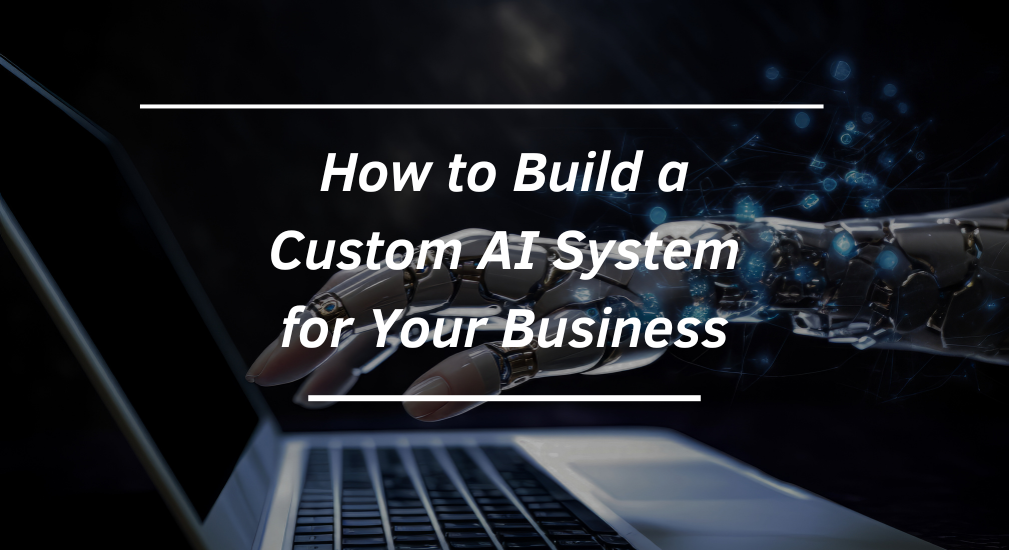Learn how to design, develop, and implement AI solutions tailored to your business goals.
1. Define Your Business Objectives
Every successful AI system starts with a clear understanding of your business needs.
Identify the specific problems you want AI to solve — whether it’s automating customer service, improving decision-making with predictive analytics, or optimizing operations.
The more defined your goals, the more precise your AI solution will be.
2. Assess Your Data Infrastructure
 AI systems rely heavily on data. Review the quality, quantity, and accessibility of your existing data.
AI systems rely heavily on data. Review the quality, quantity, and accessibility of your existing data.
Determine whether your business data is structured (databases, spreadsheets) or unstructured (emails, documents, images),
and consider implementing data pipelines or cloud storage solutions for better scalability.
3. Choose the Right AI Technologies
Based on your objectives, select appropriate technologies like:
- Machine Learning – for prediction and pattern recognition
- Natural Language Processing (NLP) – for chatbots, sentiment analysis, and automation
- Computer Vision – for image recognition and video analysis
Consider using open-source frameworks like TensorFlow, PyTorch, or commercial platforms like Azure AI, AWS SageMaker, or Google Vertex AI.
4. Build or Partner with AI Experts

Decide whether to build your AI system in-house or collaborate with a specialized AI development partner.
Custom AI development requires data scientists, machine learning engineers, and software developers working together.
A trusted partner can help accelerate time to market and reduce risk.
5. Develop and Train the Model
Using your selected tools and datasets, begin training your AI model.
This involves data preprocessing, feature engineering, model selection, training, validation, and tuning.
It’s critical to monitor accuracy and ensure that the model learns effectively from your data without overfitting.
6. Test, Integrate, and Deploy
Before going live, test your AI system in a controlled environment to validate its performance.
Once validated, integrate it into your existing systems — CRM, ERP, eCommerce platform, or customer support software.
Make sure the deployment supports continuous learning and updates.
7. Monitor, Maintain, and Optimize
 AI systems need regular monitoring to ensure they remain effective over time.
AI systems need regular monitoring to ensure they remain effective over time.
Collect performance metrics, track user feedback, and retrain models as necessary.
Optimization ensures your AI continues to deliver business value as conditions and data evolve.
Conclusion
Building a custom AI system tailored to your business can give you a competitive edge.
From defining objectives to deployment and optimization, each step requires strategic planning and technical execution.
With the right approach, AI can transform operations, enhance customer experience, and drive growth.
